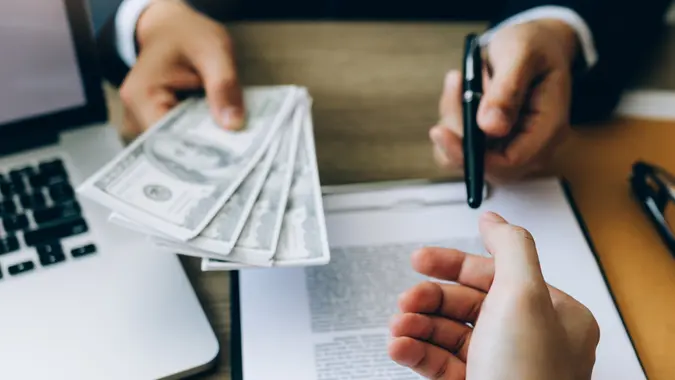How Money Is Created

We have discussed why and how money, a representation of perceived value, is created in the economy, but another important factor concerning money and the economy is how a country’s central bank (the central bank in the United States is the Federal Reserve or the Fed) can influence and manipulate the money supply.
If the Fed wants to increase the amount of money in circulation, perhaps to boost economic activity, the central bank can, of course, print it. However, the physical bills are only a small part of the money supply.
Another way for the central bank to increase the money supply is to buy government fixed-income securities in the market. When the central bank buys these government securities, it puts money into the marketplace, and effectively into the hands of the public. How does a central bank such as the Fed pay for this? As strange as it sounds, the central bank simply creates the money and transfers it to those selling the securities.
Alternatively, the Fed can lower interest rates allowing banks to extend low-cost loans or credit—a phenomenon known as cheap money—and encouraging businesses and individuals to borrow and spend.
To shrink the money supply, perhaps to reduce inflation, the central bank does the opposite and sells government securities. The money with which the buyer pays the central bank is essentially taken out of circulation. Keep in mind that we are generalizing in this example to keep things simple.
Remember, as long as people have faith in the currency, a central bank can issue more of it. But if the Fed issues too much money, the value will go down, as with anything that has a higher supply than demand. Therefore, the central bank cannot simply print money as it wants.